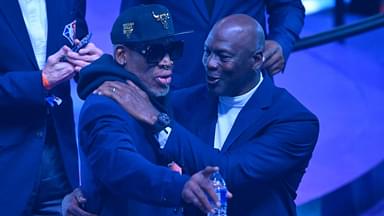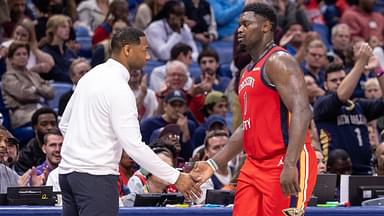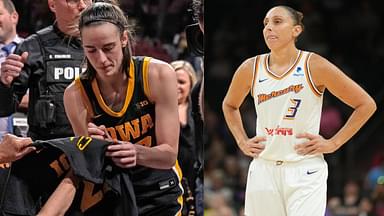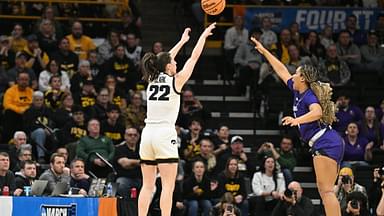The pay disparity between the NBA and the WNBA has been a growing cause of concern in the basketball community which gained more attention after Phoenix Mercury star Brittney Griner was detained in Russia for drug possession charges during her offseason stint last year. Griner’s exile highlighted the issue of WNBA players feeling the need to spend the summer playing overseas for better pay. However, there are other strands of reality attached to this complex issue.
Advertisement
The WNBA was created in 1996 after the proposal for a women’s basketball league was approved by the NBA’s Board of Governors. The league commenced its services the next year and faced financial challenges from the jump. The product offered by the WNBA players failed to amass a strong consumer base. Poor TV ratings and underwhelming attendance during games prompted the league to incur losses every year. In fact, it was reported in 2018 that the WNBA had never turned in a profit since its inception in 1997.
Who pays for the WNBA’s losses? Is the league subsidized by the NBA?
The NBA has heavily invested its money in the WNBA over the years despite incurring a large chunk of the league’s losses. The NBA owns about half of the WNBA and the two leagues have five Governors(team owners) in common. In 2018, the WNBA Players’ Associated decided to opt out of their Collective Bargaining Agreement because of pay disagreements.
Subsequently, NBA Commissioner Adam Silver addressed the issues plaguing the WNBA without expressing any kind of disappointment with the decision. However, he did display his frustrations regarding the concerted efforts to market the WNBA as a consumer product failing miserably time and again over a span of two decades.
“The tickets [of the WNBA] are very inexpensive, but even at low prices, we’re not selling enough tickets to run a viable business,” Silver told B/R Mag. “At the end of the day, the consumer always wins, and right now we don’t have a winning consumer proposition. In essence, we’ve incurred 70 percent of those losses [the WNBA’s total losses] over the last 22 years of operating the league. So it’s critically important from the NBA’s standpoint that we figure out a way to create a model that’s sustainable for the long term.”
However, the veteran execution promised that the NBA will continue to invest in the league to make it a profitable venture in the future. “In the case of the WNBA, we’ve never at any point said that the measure [of investment] is about profitability in any given season. We’ve invested year after year and are going to continue to invest. There is no short-term business plan to turn the league into a profitable one,” Silver added.
While the pay disparities between the two leagues rise from the difference in marketability, it is certainly a stark difference. Jewell Loyd of the Seattle Storm, Arike Ogunbowale of the Dallas Wings, and Diana Taurasi of the Phoenix Mercury are jointly the highest-paid stars in the WNBA with an annual salary of $234,936. On the other hand, Stephen Curry earns the highest annual salary in the NBA, raking in a staggering $51,915,615, as per Spotrac.
Hopes for a better future
The WNBA’s bleak past in terms of profitability is by no means an indication of its future. In fact, the league announced a massive $75 million investment last year, which was also “the largest-ever capital raise for a women’s sports property”. WNBA Commissioner Cathy Engelbert promised that the funding will be used to expand the league’s digital footprint across the world, providing a better product to the game’s consumers. It will also allow the WNBA to take better care of its players.
Women’s basketball in the United States has surely seen a surge recently. In fact, this year’s March Madness final between LSU and Iowa tallied a record-breaking 9.92 million average viewers. Basketball fans really enjoyed the thrilling contest between the two teams led by star players Angel Reese and Caitlin Clark. The best female players in the college scene also saw a massive surge in their NIL valuations after the conclusion of the tournament, amounting to millions of dollars. The future surely seems bright.







